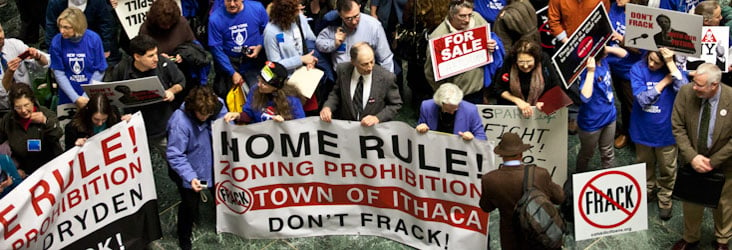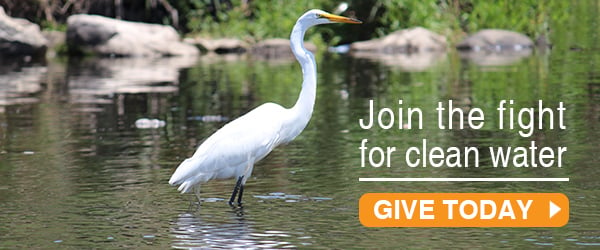- Stop Polluters
- Pollution Enforcement Actions
- American Sugar Refining Penalty
- Beacon: Sewage Pollution
- Enforcement on PIPC NJ Boat Basin Dredging
- Enforcement Success at Millen’s Scrap Yard
- Houghtaling Island
- Irvington Truck Washing
- Lehigh Cement
- Newtown Creek: Allocco Recycling
- Newtown Creek: Empire Transit Mix
- Nycon Supply Corp
- Waterfront Dumping in NYC
- Sewage Contamination
- Beyond Indian Point
- Power Plant Cases
- Contaminated Sites
- Hudson River PCBs
- Greenpoint Oil Spill on Newtown Creek
- Gowanus Canal
- Pollution Enforcement Actions
- Protect River Ecology
- Invasive Species
- Saving the River’s Fish
- Trash Free Hudson
- Champlain Hudson Power Express
- Storm Surge Barriers
- Crude Oil Transport
- Hudson River Anchorages
- Waterfront Development Watch
- Army Corps Channel Dredging, Athens
- Ballpark on Chicken Island, Yonkers
- General Motors Site Redevelopment, Sleepy Hollow
- Greenpoint/Williamsburg Rezoning Project
- Haverstraw Waterfront Development
- Hudson’s Landing (Stuyvesant)
- Kingston Landing
- Landfilling the Hudson North of Battery Park City
- Millennium Pipeline
- Newburgh Proposed Waterfront Redevelopment
- Proposed Rezoning of the East River Waterfront
- Redevelopment Project, Yonkers
- Rensselaear Riverfront Development
- Ridgewood Reservoir in Highland Park, Queens
- St. Lawrence Cement in Hudson
- Tappan Zee Bridge
- United Water New York’s Proposed Desalination Plant
- Waters Edge, Dobbs Ferry
- Proposed Mall in Newburgh
- Clean Boating
- Public Access
- Safeguard Drinking Water
- Drink Tap Water
- Restore & Protect NYC Waterways
- Climate Impacts
- Support Policy Solutions
Fracking Waste in NY
CITIZEN ENGAGEMENT TOOLKIT

New York has a fracking waste problem, despite the recent historic ban on high-volume fracking in the State. Since 2012, Riverkeeper has worked to support communities taking action across New York State to safeguard their health and environment from improper reuse and disposal of fracking waste. Building upon those experiences, we have created this toolkit aimed at empowering citizens and local groups who wish to engage in their communities.
Read on to find out why you should be concerned and what you can do to help.
-
What is Fracking Waste
The process of extracting oil and natural gas using hydraulic fracturing (or fracking) produces large amounts of liquid and solid waste. This is true of high-volume fracking and conventional, low-volume fracking. Fracking waste includes rock and drilling lubricant left over from the process of drilling a well, as well as wastewater and sand from the fracking and production processes.
Learn more about the hazardous materials found in frack waste -
The Concerns in New York
More than 510,000 tons of solid waste and 23,000 barrels of liquid waste – and counting – from oil and gas extraction operations in neighboring Pennsylvania have been shipped to New York landfills for disposal. The liquid material that drains from the landfills, known as leachate, is then sent to nearby wastewater treatment facilities.
New York State also continues to allow the use of certain kinds of waste from low-volume oil and gas extraction and natural gas storage on our roads for deicing and dust control.
Learn more about these concerns and view maps and
factsheets on road spreading and disposal -
What Communities are Doing
Communities across New York are taking action to protect their environment and the health of their citizens from these contaminants.
View factsheets and maps on county bans -
What You Can Do
-
Resources
Riverkeeper and the New York State Sustainable Business Council, Recorded Webinar: Fracking Waste in New York State, A Business Perspective
FracTracker ArcGIS Map, PA Unconventional Drilling Waste Disposal in NYS
FracTracker ArcGIS Map, Road-spreading of Brine Derived from Oil and Gas Wells
Brown, Valerie, published in Environmental Health Perspectives (Feb. 2014), Radionuclides in Fracking Wastewater: Managing a Toxic Blend
Earthworks (Apr. 2015), Wasting Away: Four states’ failure to manage oil and gas waste in the Marcellus and Utica Shale
Environmental Advocates of New York (Feb. 2015), License to Dump
Environmental Advocates of New York (May 2012), Out of Sight, Out of Mind: New York’s Failure to Track or Treat Fracking Waste
Jackson, Robert B., et al., published in Environment and Resources (Aug. 2014), The Environmental Costs and Benefits of Fracking
Natural Resources Defense Council (May 2012), In Fracking’s Wake: New Rules are Needed to Protect Our Health and Environment from Contaminated Wastewater
New York State Department of Environmental Conservation (Jan. 2009), Notice to Oil and Gas Well & LPG Storage Fluid Haulers
Pennsylvania Department of Environmental Protection, PA DEP Oil & Gas Reporting Website. From the site menu, click Waste Reports –> By Waste Facility –> select NY
U.S. Department of the Interior & U.S. Geological Survey (2011), Radium Content of Oil and Gas-Field Produced Waters in the Northern Appalachian Basin (USA): Summary and Discussion of Data
U.S. Environmental Protection Agency (Apr. 2015), Proposed Rule: Effluent Limitations Guidelines and Standards for the Oil and Gas Extraction Point Source Category
Warner, Nathaniel, et al., Duke University, published in Environmental Science and Technology (Oct. 2013), Impacts of Shale Gas Wastewater Disposal on Water Quality in Western Pennsylvania

